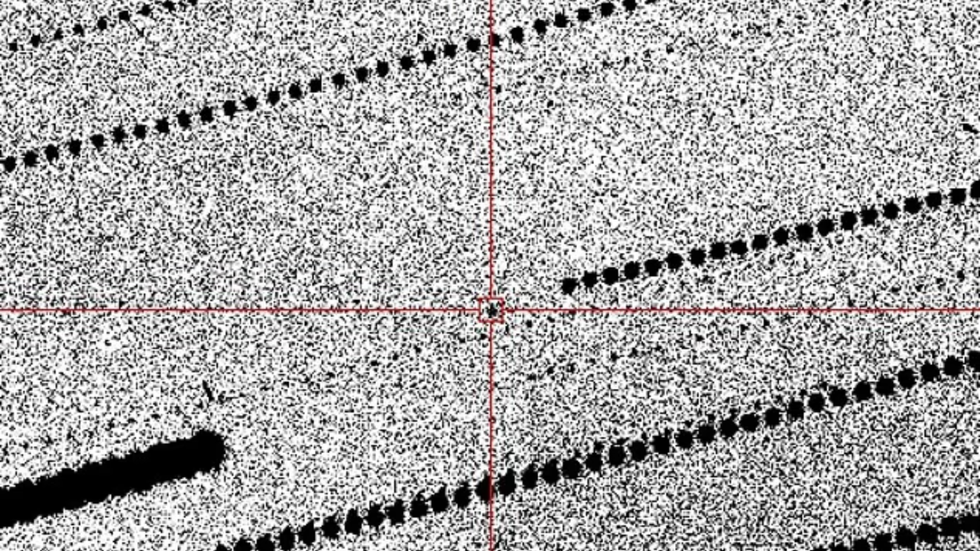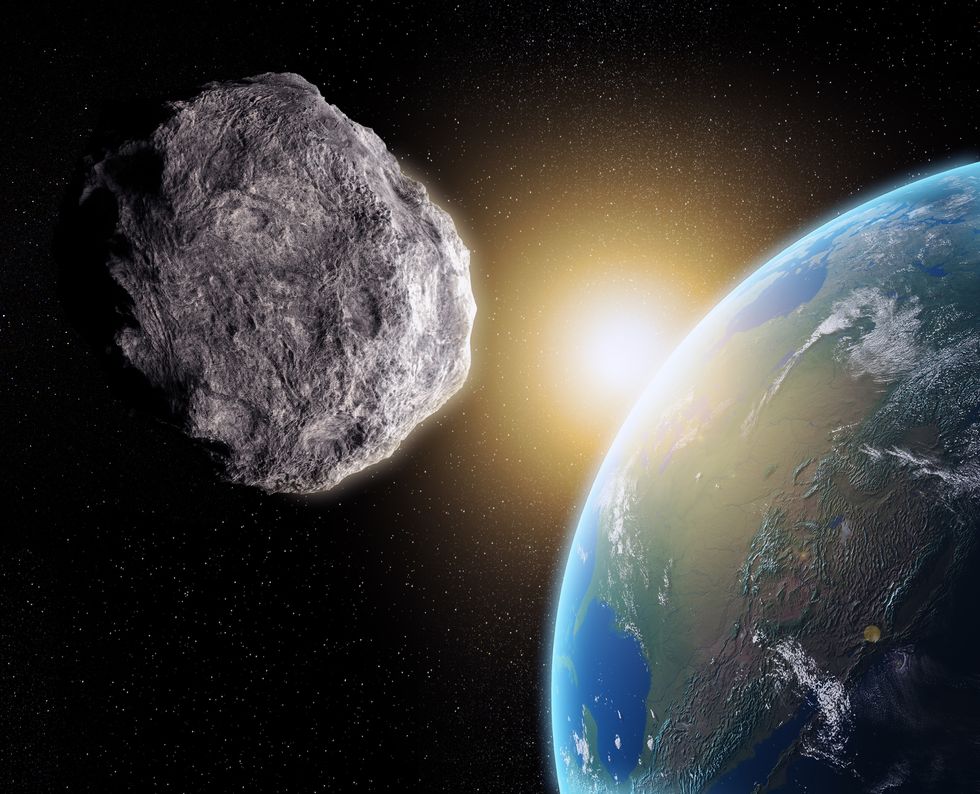Asteroid misses Earth by just 300 miles - but Nasa only notices AFTER fly-by
The 'Near Earth Object' passed closer to our planet than the International Space Station
Don't Miss
Most Read
Latest
A large asteroid came just 300 miles from colliding with Earth, with scientists only noticing the near-miss after the object had passed.
The space rock, dubbed 2025 TF, measured around 9.8 feet wide and skimmed over Antarctica on October 1.
As the hatchback-sized asteroid flew past, it was closer to the Earth's surface than the International Space Station.
Its existence was only identified after it was detected by the Catalina Sky Survey hours after the near-miss occurred.

The space rock, dubbed 2025 TF, measured around 9.8 feet and skimmed over Antarctica on October 1
|ESA
TRENDING
Stories
Videos
Your Say
However, the European Space Agency (ESA) has said it is unlikely the space rock would have caused a serious threat to humans as it would have likely burned up in Earth's atmosphere due to its size.
In a statement, the ESA said: "Objects of this size pose no significant danger.
"They can produce fireballs if they strike Earth’s atmosphere, and may result in the discovery of small meteorites on the ground."
The ESA's Planetary Defence Office observed the asteroid using Australia's Las Cumbres Observatory after it had already whizzed past.

The European Space Agency (ESA) has said it is unlikely the space rock would have caused a serious threat to humans
|WIKIMEDIA COMMONS
The observations conducted by astronomers revealed that the space rock reached its closest point to Earth at 1.47am.
The ESA said: "Tracking down a metre-scale object in the vast darkness of space at a time when its location is still uncertain is an impressive feat.
"This observation helped astronomers determine the close approach distance and time given above to such high precision."
Despite the US Government shutdown, Nasa made an entry for the asteroid on the Centre for Near-Earth Object Studies website.
SPACE - READ THE LATEST:
Nasa's entry for the asteroid noted that it is expected to pay Earth another visit in 2087.
The 2025 TF asteroid fell well below the threshold to be considered a "potentially hazardous" space rock.
An asteroid achieves this classification if it comes within 4.65 million miles of Earth and has a diameter of 460 metres.
Asteroids and comets which have orbits close to our planet are known as Near Earth Objects (NEOs).

The 2025 TF asteroid fell well below the threshold to be considered a 'potentially hazardous' space rock
| GETTYScientists often struggle to spot NEOs as their brightness fades well before they come close to passing Earth.
Out of the more than 1.1 million asteroids documented to be zipping around our solar system, only 30,000 are considered to be NEOs.
Despite their rarity, larger rocks could have catastrophic consequences to life on Earth if one were to smash into the planet.
Nasa's Dart mission and its NEO Observations Program help collect data surrounding asteroids to track their size, orbits and shapes.
Our Standards: The GB News Editorial Charter










